Helping wildlife to thrive is a core purpose for us at Forestry England. So we caught up with Andrew Stringer, our Head of Environment and Forest Planning, to find out about our plan for restoring biodiversity across our landscapes.
Why do working forests need more wildlife?
At Forestry England we manage forests for wildlife, for sustainable timber and for people to enjoy. But with more land and more trees than any other organisation in England, we have the rare ability to deliver landscape-scale nature recovery.
Managing forests sustainably and restoring biodiversity work together. What’s good for one is good for the other. Healthy forests need healthy ecosystems to survive. A good example is where life begins, in our soil. Without healthy soils, trees won’t survive and grow. Soil creation and soil health is entirely dependent on wildlife.
Wildlife also protects us from future pests. Forests across the country have been battling a rise in pests and diseases attacking our trees. If there’s a greater range of insect life, there’s a bigger chance an existing species will be the perfect predator to a new pest.
Biodiversity also helps our forests to be resilient to climate change. For instance, without earthworms the soil holds up to 90% less water, increasing drought risk.
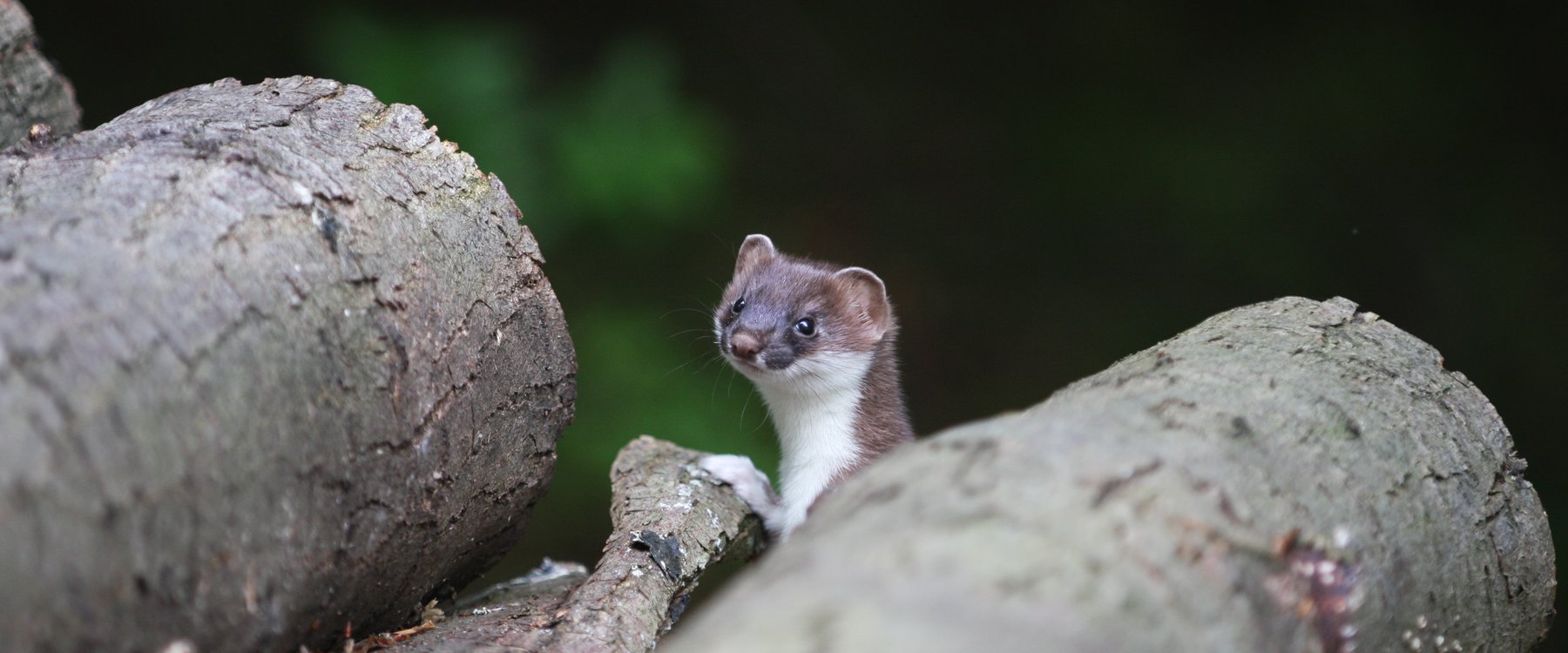
How do well-managed forests help wildlife?
Nature is a complex web of interactions. Some species create habitats for other life to thrive. Unfortunately many of these are missing from our forests, especially top predators and big animals that are now extinct, called ‘megafauna’. Nature sometimes needs us to step in.
A lack of woodland management has been a major cause of biodiversity loss in the UK. Forestry is essential for reversing this loss. Opening tree canopies through thinning, creating dynamic habitats by cycles of felling and planting, and creating new habitats across landscapes all support wildlife. Our foresters are doing the job of the missing megafauna that roamed our lands thousands of years ago.
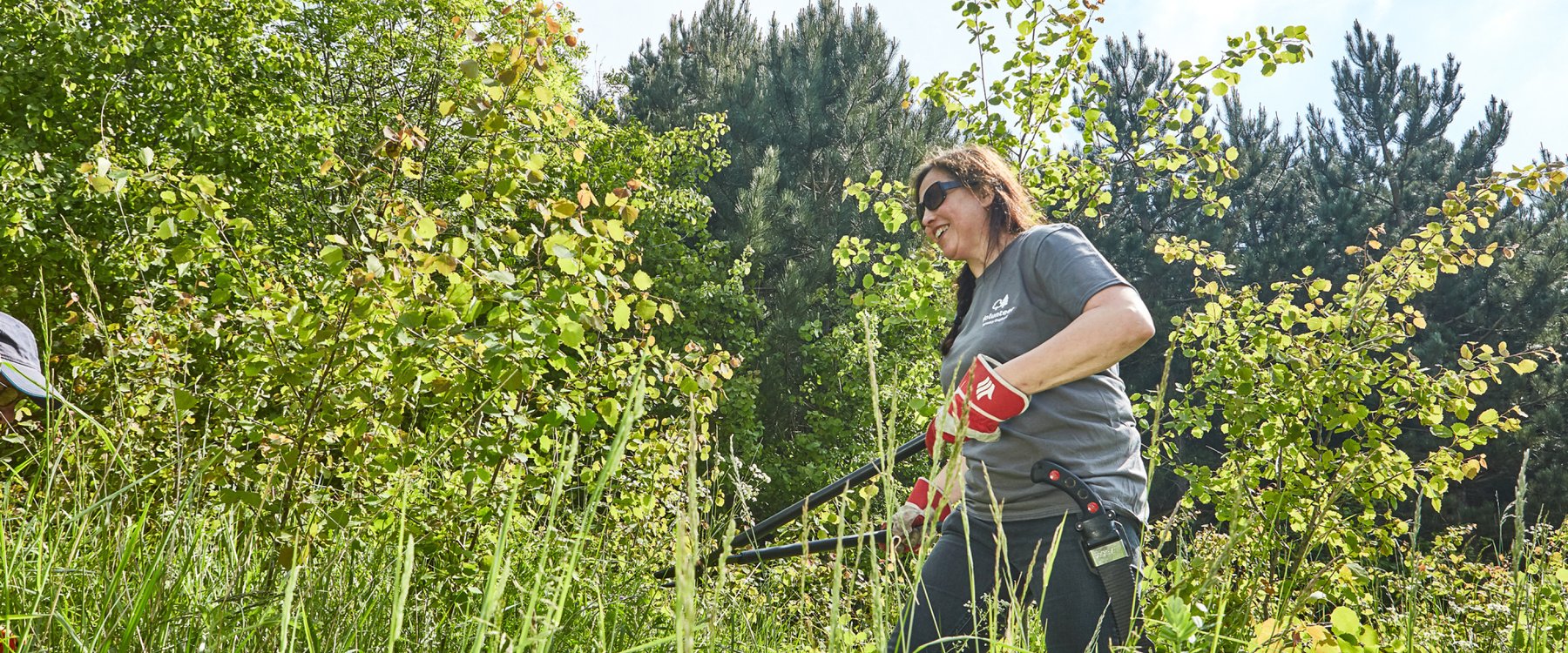
Forestry England's plan for wildlife
Although there have been many successful wildlife conservation projects in recent decades, overall biodiversity decline continues. So, we must learn from what has gone before us, and be better, bolder, and more adventurous. That’s why we’ve published our plan for biodiversity in the nation’s forests to deliver a step-change for nature. It has five key themes.
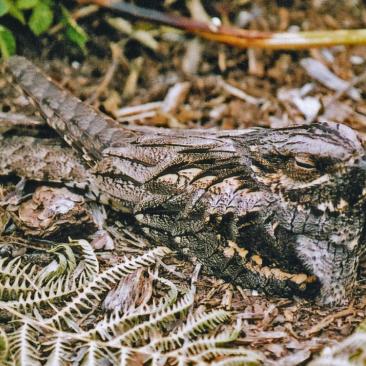
1. Protecting wildlife and habitats
Over half of England’s rarest species can be found in the nation’s forests, and many are rare across the whole of Europe. We look after some of the most valuable places for nature in the country, including over 68,000 hectares of Sites of Special Scientific Interest. We are committed to improving the condition of important habitats to the very best they can be.
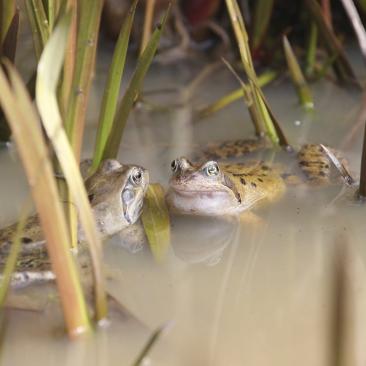
2. Creating networks of open and dynamic habitat
Open habitat is vital for some of our rarest reptiles, insects and birds. We continue to restore habitats that today we would not consider planting, and we are proud that almost one fifth of the landscapes we manage are open habitats, such as heathland and peatland. We are committed to better-connected habitats linked through rides, watercourses and corridors.
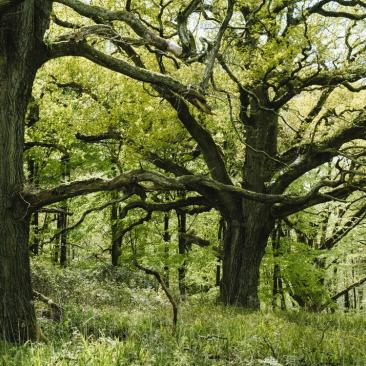
3. Restore ancient woodland and protect our oldest trees
Ancient woodland has been managed for centuries by humans and is a lifeboat for biodiversity. In the past, some areas were planted with non-native species to swiftly provide homegrown timber in a time of need. In 2007, we committed to restoring all these plantations on ancient woodland sites and have so far restored 23%. Now we reinforce this commitment to continue returning this vital habitat for the future.
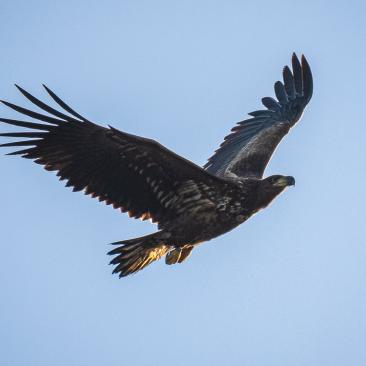
4. Reintroducing lost species
To reverse biodiversity loss, we need to replace what’s missing. From water voles up in Kielder Forest to mighty white-tailed eagles down on the Isle of Wight, we’ve been working on reintroductions across the country. Going forward we’re focusing on species that help restore ecosystems and replace missing natural processes. We will work on new projects to restore lost species.
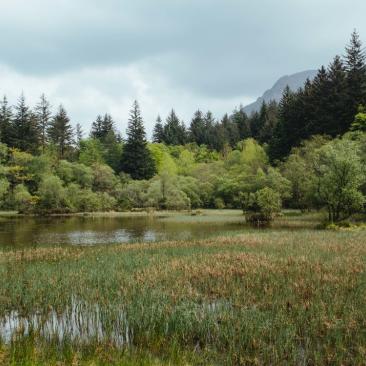
5. Forest wilding
Rather than conserving for a specific species or habitat, wilding forests allows nature to take care of it. But forest wilding is not about passively standing back, it is part of our approach to sustainable management and can still produce timber. We’ve had great success with this at Ennerdale over the past two decades. Now we want to restore natural processes in more areas within the nation’s forests.
It's all about people
The nation’s forests are for everyone to enjoy, and we can’t do any of this without you. Our visitors, partners and volunteers are all crucial to helping us achieve our vision for wildlife. We want to provide the most valuable places in England for wildlife to thrive. With your support, wildlife in the nation’s forests will continue to flourish, and create a sense of wonder for generations to come.
Find out more
- Read more about Forestry England's plans for wildlife and download the full biodiversity plan
- Find out how you can support Forestry England.
The original article by Forestry England can be found here

